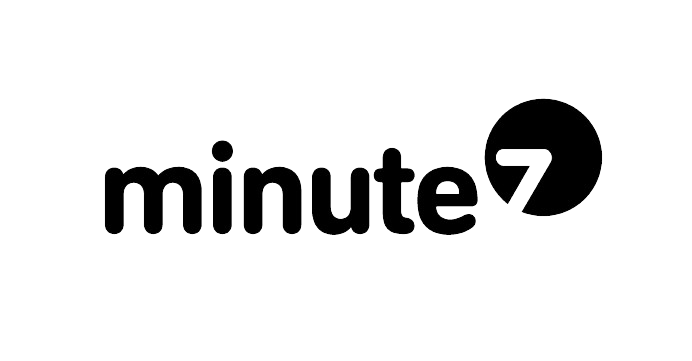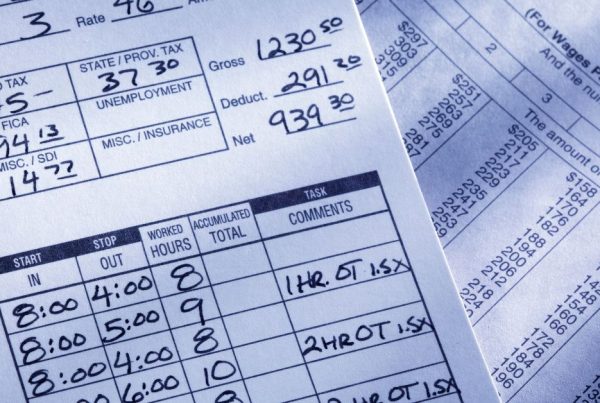
Continuous auditing is revolutionizing the accounting industry by leveraging real-time data and automated tools to provide ongoing assurance of financial accuracy. Unlike traditional audits, which are often time-consuming and constrained by tight deadlines, continuous auditing enhances efficiency and accuracy while improving compliance and risk management. This innovative approach addresses CPAs’ pain points around manual data manipulation and time constraints, offering a streamlined solution for modern financial oversight.
Understanding Continuous Auditing
Definition and Overview
What is Continuous Auditing?
Continuous auditing is an innovative auditing approach that leverages technology to perform real-time, continuous assessments of financial and operational processes. Unlike traditional audits that are conducted periodically and retrospectively, continuous auditing involves the systematic and automated examination of transactions, controls, and processes to detect anomalies or irregularities as they occur (source). This proactive method enables organizations to address potential risks and control deficiencies promptly, ensuring ongoing compliance and operational efficiency.
How Does It Differ from Traditional Auditing?
The primary differences between continuous auditing and traditional auditing lie in their frequency, methodology, and technological reliance. Traditional audits are typically performed at set intervals (e.g., annually or quarterly) and involve manual sampling and testing, which can be time-consuming and prone to human error (source). In contrast, continuous auditing employs automated tools and advanced data analytics to perform ongoing assessments, allowing for real-time insights and quicker detection of issues. This shift from a periodic to a continuous model significantly enhances an organization’s ability to monitor and manage risks effectively.
Benefits of Continuous Auditing
Real-Time Data Access and Analysis
One of the most significant advantages of continuous auditing is its ability to provide real-time data access and analysis. By continuously monitoring transactions and controls, auditors can detect and address issues as they arise, rather than waiting for the next scheduled audit. This immediacy helps organizations maintain higher standards of financial accuracy and operational efficiency (source).
Enhanced Accuracy and Reduced Errors
Continuous auditing minimizes the possibility of human error by automating data collection and analysis. Advanced technologies such as artificial intelligence (AI) and machine learning algorithms can process vast amounts of data quickly and accurately, identifying patterns and anomalies that might be missed during manual audits. This automation not only enhances the accuracy of audit findings but also frees auditors to focus on more strategic tasks (source).
Improved Compliance and Risk Management
By providing ongoing assurance and continuous monitoring of controls, continuous auditing helps organizations maintain compliance with regulatory requirements and internal policies. The real-time nature of continuous auditing allows for prompt detection and correction of compliance issues, reducing the risk of non-compliance penalties. Additionally, continuous auditing supports better risk management by offering a comprehensive view of the organization’s risk landscape, enabling more informed decision-making and proactive risk mitigation (source).
Steps to Implement a Continuous Audit Approach
Implementing a continuous audit approach requires a structured plan to ensure a smooth transition from traditional auditing methods. Here’s a comprehensive guide to help you get started:
Assessing Current Audit Processes
Identifying Pain Points and Inefficiencies
Traditional audits often suffer from time constraints and the manual handling of vast amounts of data. These processes can be cumbersome and prone to human error. Common inefficiencies include data redundancy, delays in data collection, and the inability to provide real-time insights (source). Evaluating existing tools and technologies is crucial to identifying gaps or shortcomings that contribute to inefficiencies. For instance, manual data entry and the lack of integration between systems can significantly slow down the audit process.
Example: A CPA firm might find that their current auditing software lacks real-time data analysis capabilities, causing delays in identifying and addressing discrepancies.
Selecting the Right Tools and Technologies
Criteria for Choosing Audit Tools
- Real-Time Data Access: The selected tools should provide real-time access to financial data, which is essential for continuous auditing.
- Automation Capabilities: Automation reduces the time spent on repetitive tasks such as data entry, allowing auditors to focus on more complex analysis.
- Integration with Existing Systems: Ensure that the new tools can seamlessly integrate with existing accounting systems like QuickBooks. This integration is vital for maintaining data consistency and accuracy.
Importance of Integration with Existing Systems like QuickBooks
- Streamlined Data Flow: Integration with QuickBooks ensures that time-tracking and expense data are automatically synced, reducing the risk of data discrepancies.
- Enhanced Reporting: Tools that integrate well with QuickBooks can generate comprehensive reports, making it easier to track financial performance and compliance.
Example: Minute7, a QuickBooks-certified provider, allows businesses to track time and expenses efficiently, ensuring that all data is seamlessly integrated with QuickBooks for accurate financial reporting.
Training and Change Management
Preparing the Team for New Processes
- Initial Training: Conduct comprehensive training sessions to familiarize the auditing team with the new tools and processes. This should include hands-on training and demonstrations.
- Creating a Resource Hub: Develop an internal knowledge base or resource hub where team members can access tutorials, FAQs, and troubleshooting guides.
Ongoing Support and Training Programs
- Continuous Education: Offer ongoing training sessions to keep the team updated on new features and best practices. This can be done through webinars, workshops, or online courses.
- Feedback Mechanism: Implement a feedback mechanism to gather insights from the team about the new processes and tools. Use this feedback to make continuous improvements.
Example: Many firms have found success by appointing a change management team responsible for overseeing the transition to continuous auditing. This team ensures that all auditors are comfortable with the new tools and processes, and provides ongoing support as needed.
Best Practices for Effective Continuous Auditing
Establishing Clear Objectives and KPIs
Defining What Success Looks Like
To effectively implement continuous auditing, it’s essential to define clear objectives and key performance indicators (KPIs). These objectives should align with your organization’s strategic goals to ensure that the audit process contributes to overall business success. For instance, if improving financial accuracy is a strategic goal, audit objectives might include reducing error rates in financial reporting. KPIs are measurable values that quantify the success of these objectives. Effective KPIs should be Specific, Measurable, Achievable, Relevant, and Time-bound (SMART). For example, a KPI for financial accuracy could be a 95% reduction in financial discrepancies within a quarter (source).
Setting Measurable Goals
Breaking down larger goals into smaller, manageable targets is crucial for continuous monitoring and adjustments. Setting tangible milestones helps track progress and identify areas for improvement. Weekly or monthly targets for audit activities can ensure consistent progress toward overall objectives (source).
Ensuring Data Integrity and Security
Methods for Maintaining Data Accuracy
Continuous auditing relies heavily on accurate data. Techniques for maintaining data integrity include:
- Validation Rules: Implement validation rules within data entry systems to ensure data accuracy from the point of entry.
- Automated Data Reconciliation: Use automated tools to compare datasets and identify inconsistencies.
- Real-Time Error Detection: Leverage real-time data monitoring tools to detect and correct errors as they occur (source).
Importance of Data Security and Compliance
Data security is paramount in continuous auditing. Ensuring that data is protected from unauthorized access and breaches is critical. Methods to enhance data security include:
- Encryption: Implement encryption for data at rest and in transit to protect sensitive information.
- Access Controls: Use role-based access controls to limit data access to authorized personnel only.
- Compliance with Standards: Adhere to industry standards and regulations such as GDPR, HIPAA, or SOX to ensure data handling practices meet legal requirements (source).
Regular Review and Optimization
Periodic Assessment of Audit Processes
Continuous auditing is not a set-it-and-forget-it process. Regular reviews are essential to assess the effectiveness of audit processes. This involves:
- Internal Audits: Conduct internal audits to evaluate the performance of the continuous auditing framework.
- Feedback Loops: Establish feedback loops with stakeholders to gather insights and identify areas for improvement.
- KPIs Review: Regularly review KPIs to ensure they are still relevant and aligned with business objectives (source).
Adapting to Changes and Continuous Improvement
The business environment is dynamic, and continuous auditing processes should adapt to these changes. This can be achieved by:
- Staying Updated: Keep abreast of industry trends and regulatory changes to ensure the auditing process remains relevant.
- Iterative Improvements: Implement an iterative approach to continuously refine and improve auditing processes based on feedback and new insights.
- Technology Integration: Leverage new technologies and tools that can enhance the efficiency and effectiveness of the audit process (source).
Conclusion
Implementing a continuous auditing approach can significantly enhance audit efficiency and accuracy by leveraging real-time data and automated tools. Establishing clear objectives and KPIs, ensuring data integrity and security, and regularly reviewing and optimizing audit processes are key to its success.
To streamline your audit processes and enhance financial accuracy, consider using Minute7’s robust time tracking and expense reporting solutions. Sign up for a free trial at Minute7 Free Trial or learn more at Minute7.
This comprehensive approach not only addresses the pain points CPAs face with traditional audits but also positions Minute7 as an essential tool for modern, continuous auditing practices.



